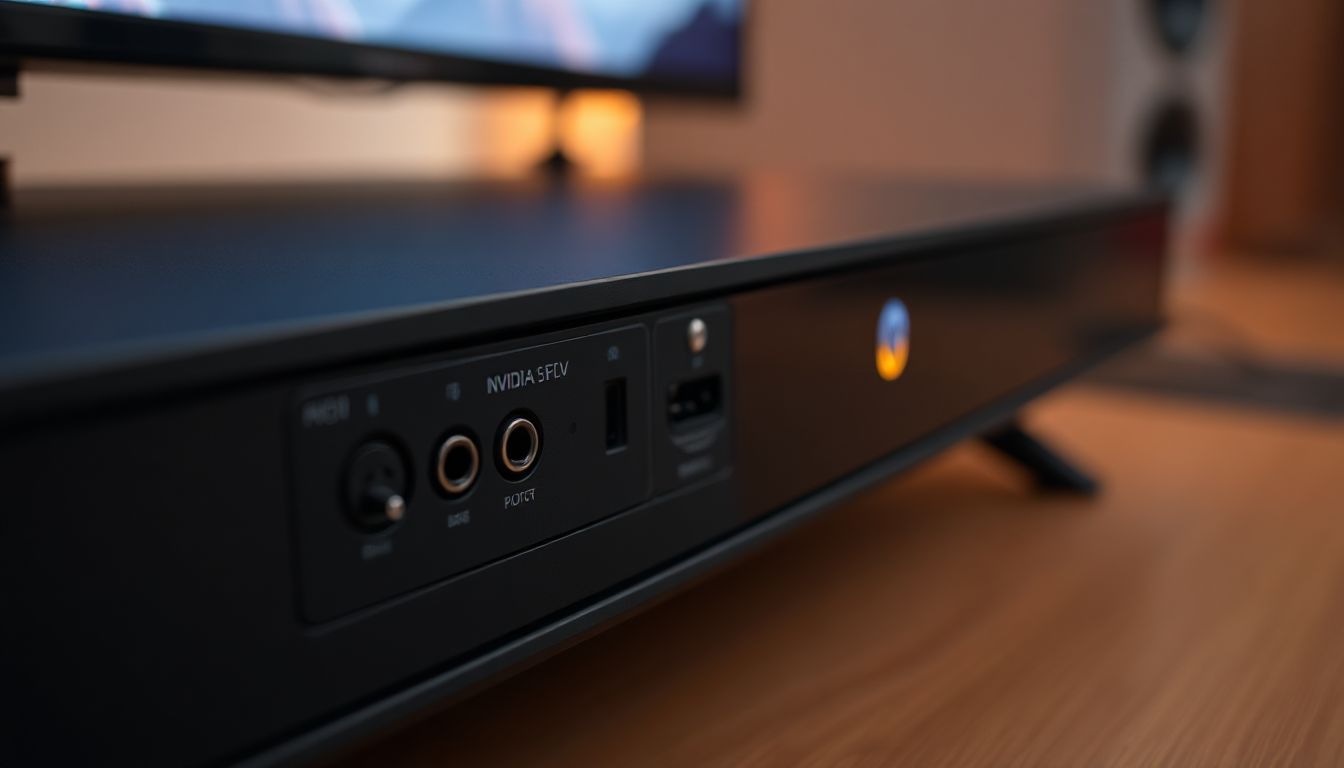
What is a DAC and Why Does it Matter?
A DAC (Digital-to-Analog Converter) converts digital audio—such as files streamed from Netflix, Spotify, or stored FLAC files—into analog signals that your speakers or headphones can play. Without a DAC, your streaming box couldn’t produce audible sound. The fidelity of this DAC directly shapes the clarity, dynamic range, and noise floor of your audio. A high-quality DAC delivers detailed, rich sound, while a poor one can sound flat, hissy, or lack depth. Understanding what separates great converters from mediocre ones is essential for mastering home audio. You can learn more about how DACs work from trusted sources like What Hi-Fi and Wikipedia. (source; source) What Hi-Fi?Wikipedia
Digital vs. Analog Audio: The Conversion Process Explained
Digital audio is stored as discrete numerical samples—think of them as snapshots in time—whereas analog sound is a continuous waveform. The DAC stitches these digital snapshots into analog waves, then sends them through an amplifier, and finally to your speakers or headphones. A high-quality conversion requires careful timing and precision, often leveraging techniques like oversampling or delta-sigma modulation to minimize noise and reconstruct the sound accurately. (source; source) Audio AdviceWikipedia
Assessing the NVIDIA SHIELD TV Pro’s Internal DAC
Technical Specifications and Audio Output
NVIDIA doesn’t disclose detailed specs or the brand of the SHIELD TV Pro’s internal DAC—common for multipurpose streaming devices. However, it supports high-end audio formats like Dolby Atmos, DTS-X, high-resolution FLAC, and PCM. Audio is delivered primarily via HDMI to a receiver or soundbar, allowing input of rich digital audio—perfect for bypassing any internal DAC and leveraging your AV system’s superior converter instead. Audio Science ReviewAVForums
Performance Analysis: Subjective and Objective Sound Quality
User reviews and forums frequently mention that the SHIELD TV Pro delivers clean, balanced audio when output via HDMI—the bulk of the conversion then depends on your AV receiver’s DAC. For everyday streaming and TV, the internal sound quality is “good enough.” But audiophiles often remark that while functional, its output lacks the nuances—warmth, depth, or fine detail—that purpose-built, high-end DAC systems deliver. Background chatter from communities reinforces this: while it’s a highly capable digital source, the SHIELD TV Pro doesn’t compete with standalone DACs. Audioholics Home Theater Forums+1
Alternatives and Enhancements for Superior Audio
When the Internal DAC Might Not Be Enough
If you stream 24-bit/192 kHz or high-resolution music from platforms like TIDAL HiFi or Qobuz, a general-use DAC in a multi-function streaming box may fall short. Dedicated DACs often feature better power regulation, better circuit isolation, and design solely optimized for audio fidelity. PitchforkLifewire
Leveraging External DACs for Improved Fidelity
To bypass the internal DAC entirely, you can connect an external DAC via USB, optical (TOSLINK), or an HDMI audio extractor. These specialized devices convert digital streams with higher precision, and in such setups, users frequently report “noticeable clarity and depth improvement”—from hearing every guitar string to vocal subtleties missing in basic conversions. TechRadarLifewire+1
High-Resolution Audio Playback: Beyond Standard Streaming
High-res formats like 24-bit/192 kHz and DSD unlock unmatched detail and soundstage. Audiophiles and professionals often agree that to fully appreciate these, you need high-quality playback hardware: top-notch speakers/headphones plus a dedicated DAC. Together, these components reveal textures and ambiance lost in standard setups or compressed streams. PitchforkLifewire
Expert Opinions and Real-World User Experiences
Professional Audio Reviewer Insights
Most technical reviews praise the SHIELD TV Pro’s video and format support, but audio commentary typically focuses on its HDMI passthrough capabilities. In short: it’s a great digital transport but not a prestige audio player. AVForumsAudio Science Review
Community Feedback and User Testimonials
Many users are satisfied with the SHIELD’s audio via HDMI—calling it “clear and powerful” for movies and games. But audiophile communities often endorse adding an external DAC. One shared sentiment: after installing a high-quality DAC, “my FLAC files truly sing now.” Others say, “it sounds good enough for me” for general media use. The divide comes down to whether you’re a critical listener or a casual viewer/listener. Audioholics Home Theater Forums+1
Conclusion: The SHIELD TV Pro’s DAC – Good Enough for Whom?
The NVIDIA SHIELD TV Pro excels as a versatile media hub with excellent video and broad audio format support. Its internal DAC delivers solid performance for everyday streaming and gaming—especially when fed through a good AV receiver. But serious audiophiles seeking the best from high-resolution audio should pair it with an external DAC via USB, optical, or HDMI extractor.



